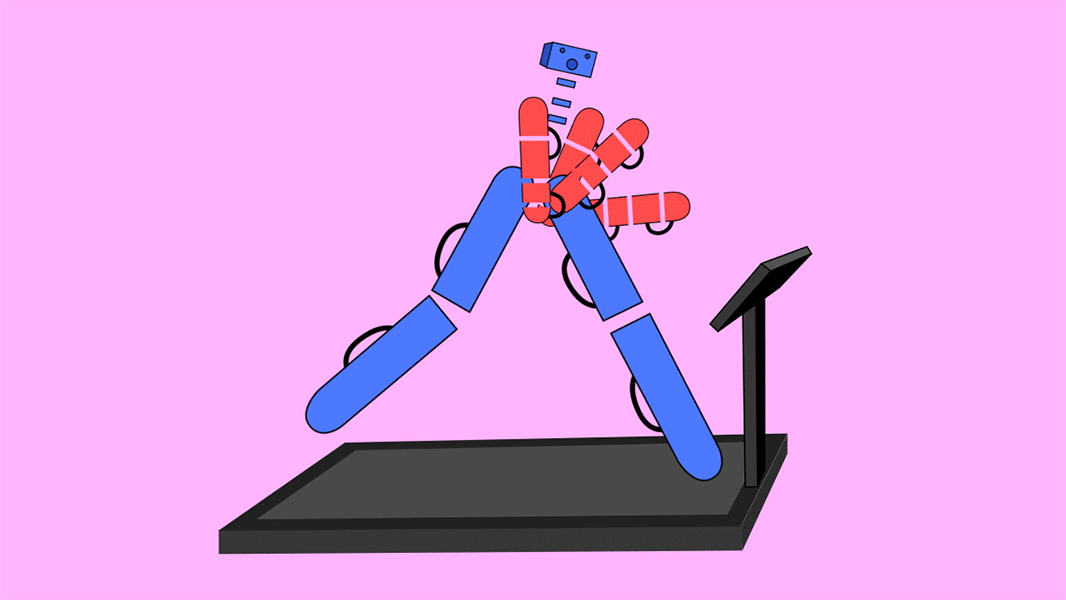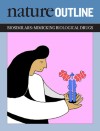
Credit: Andrew Khosravani
Biological drugs (biologics) are a crucial component of the pharmaceutical arsenal. This class of drug is typically manufactured through engineered biological processes in living cells, and encompasses antibody-based drugs used to treat diseases such as cancer, rheumatoid arthritis and psoriasis. It also includes recombinant proteins that ameliorate conditions such as diabetes or hereditary enzyme-deficiency disorders. Between 2008 and 2017, 22% of the drugs that were approved by the US Food and Drug Administration were biologics1. They now represent a major expense for patients and health-care providers, and a huge source of revenue for drug manufacturers: around 40% of drug spending in the United States in 2017 was on biologics. This is because such drugs are among the most expensive on the market.
Biosimilar drugs are copycat versions of biologics. They are intended to alleviate the financial burdens that are associated with the biologics on which they are based — and offer other manufacturers a piece of the action — just as generic drugs provide consumers with deeply discounted alternatives to conventional pharmaceutical drugs. Biosimilars only started to enter the market in 2006, but as a growing number of biologics near the end of their patent protection, many analysts foresee an explosion in the biosimilars market. For example, up to US$60 billion in global pharmaceutical spending could be diverted to emerging biosimilar competitors from blockbuster ‘innovator’ drugs such as the anti-inflammatory drug Humira (adalimumab) and the breast-cancer drug Herceptin (trastuzumab).
But creating a biosimilar is much more complicated than producing a generic small-molecule drug. Biologics exhibit such a remarkable complexity that manufacturers can never create a biosimilar that is completely identical — even subtle changes in the types of cell that are used to produce the drug, or the conditions in which those cells are grown, can produce a notably different product. For example, proteins with the same amino-acid composition might receive different chemical modifications or become more or less prone to misfolding or aggregation when manufactured under divergent conditions.
Biosimilar manufacturers must therefore undertake an exhaustive effort to determine the structure and composition of a biologic on the basis of publicly available information, and then reverse-engineer the process by which the drug was made. Finally, they must rigorously confirm that the putative biosimilar mimics, as closely as possible, the behaviour of the original biologic.
This Outline looks at both the business and science behind biosimilars, examining the commercial opportunities for these drugs and their potential impact on pharmaceutical markets worldwide, as well as the daunting challenges that are associated with their development. Such challenges can considerably delay or undermine the ability of biosimilars to produce meaningful cost-savings for consumers and fresh revenue streams for drug manufacturers.
Nature is pleased to acknowledge the financial support of Shanghai Henlius Biotech, Inc. As always, Nature retains sole responsibility for all editorial content.

 Nature Outline: Biosimilars
Nature Outline: Biosimilars
 Bring on the biosimilars
Bring on the biosimilars







